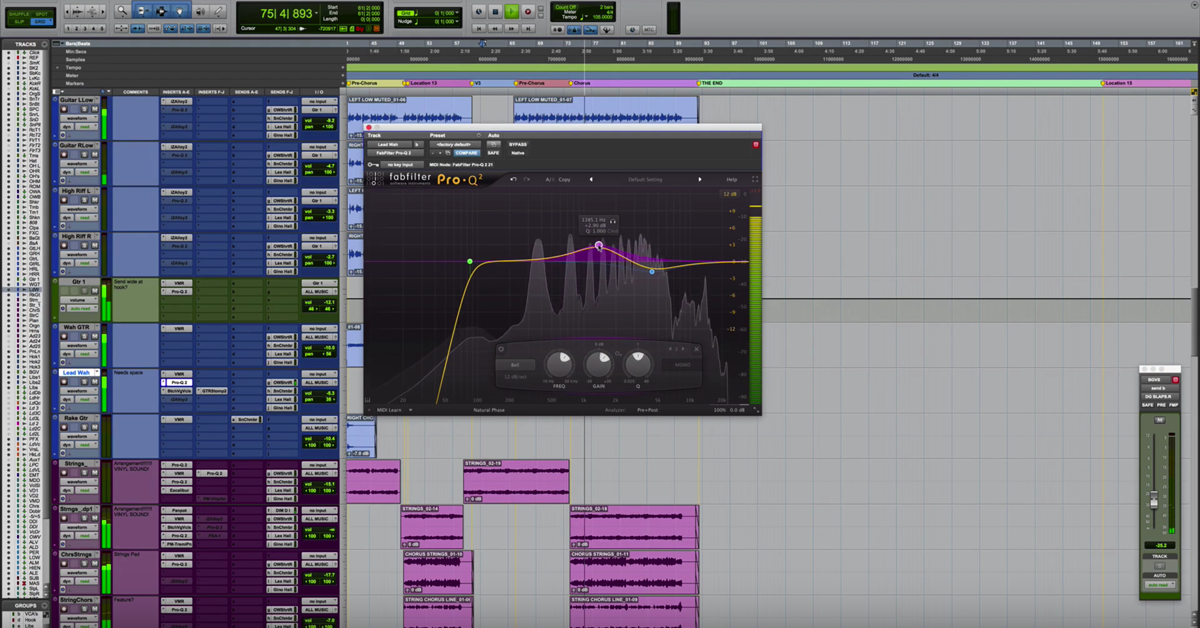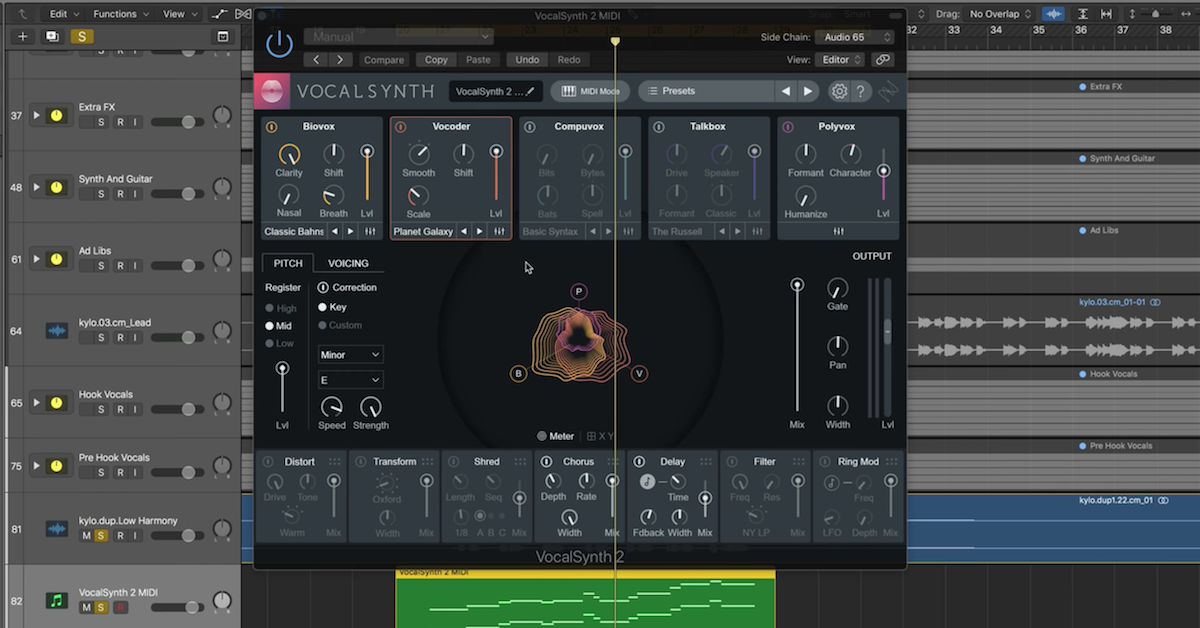Tips for Better Take Management
Article Content
One of the major differences I’ve seen between an aspiring producer and an established producer is simple playlist (take) management. Great producers will usually have a very clean session in regard to organization and take management.
Gizmos
Technology is great. It allows us to do things that have never been done before, all in the comfort of our own homes. But when is it a hindrance? When do we become a prisoner of all the possibilities? When do we start to drown in endless options?
Established producers often have a lot of clarity within their sessions. They’re not concerned with countless possibilities, rather the best option.
This means when it comes to comping tracks and saving takes, decisions are made quickly.
Saving 20 takes per part may seem like a reasonable idea to many. What if you want a different variation on the part? Not sure the timing is locked? Not sure which take has the best tuning? What if? What if? What if?
Too many “what if’s” lead to a muddy production. It’s important to make decisions. Clarity throughout the process is important. Firstly, because it affects the performances.
A guitar chord that’s off is going to trigger the bass note to be off and then the percussionist has a hard time locking in. Before long, you have a session where the whole band is a little shaky. Not making decisive decisions can create a spiral effect on the stability of the production.
Momentary Lapse of Reason
There is also the memory lapse effect. You record a bunch of takes and while you’re working, everything seems clear in your mind: Take 12 had a good bit, take 15 was mostly good, but you want to grab the beginning from take 4.
If you put the song down for a few days and come back to the session it’s going to be hard to remember the nuances between takes.
Commit. If it’s still not good enough, re-track it. At this point, you’re better off getting a single take than a patched edit for the sake of feel. I’m always in favor of replaying the part rather than extensive edits. It will take the same amount of time and the full take will still sound better.
Worm Hole
Aspiring producers/musicians get caught in the trap of playing too much and not listening. I like to set a rule of stopping after 4 takes and giving a really good listen. Don’t set the record to do an endless loop. Loop recording means you’re not listening and most likely spacing out at times.
Perspective
It’s hard to hear the music the way it really sounds while you’re playing. This is another reason why you need to stop and listen as often as you can. If you’re the producer and player your perspective is biased.
When you stop, put your instrument down and trust your ears. Listen, make notes, and re-take. Don’t be noodling on your instrument while listening. This is the only way to make really fine adjustments. It may seem like it’s the long approach, but in reality, it will save you time.
Hit It
Here is how I like to track a vocal session.
First, I’ve taken time to choose the correct mic, preamp, compressor, incense, tea, lighting and dialed in a headphone mix. (Note: It’s very important to have a great headphone mix. It will result in less fatigue and frustration from the performer.)
Next, I like to record a couple of full passes before we even think about punches. Let the performer get into the vibe of the song.
After 3-4 takes, stop. Take a few second breaks for water and then listen. Before we listen, I make sure we both have a pencil and paper. As we review each take, we write notes of what we liked or didn’t.
Listening to 8 takes in a row is overwhelming! It’s too much to digest. Plus, I’ve heard that if you listen to 9 takes in a row it could cause bowel irritation. Ok, I made that up. But, if I have to listen to 9 takes in a row of the 3rd part background vocal I’m going to be calling my friend Johnny Walker Red… And we’re gonna have a long chat, if ya know what I mean.
When the last take has completed playing, we compare notes and see if we have a comp. In the event the overall performance is not there, we repeat the 3-4 take run, break, then listen, take notes, comp.
If we just need a few bits, we comp the take and punch in where needed. Notice I mention we comp before we punch!
Performance Drift
There is something I like to call “Performance Drift”. This is when the artists’ performance changes dramatically from the first take to the last. Volume, expression, and enthusiasm may have shifted during flight. Limiting tracking to 3-4 takes at a clip prevents performance drift as there will be breaks and reviewing that keeps it fresh.
Hash It Out
Don’t use the recording as your practice. Need to review something because it’s not right? Stop playback and run it. Work it out. Be prepared and ready when the red light is on. Don’t have the mindset of, “I’ll fix it later.” The performance will always suffer. Even though we know comping and punching is an option, it’s good to pretend that it is not. A coherent take will always sound better.
Binary Composting
Don’t be a take-hoarder. Go ahead and delete! Don’t be afraid. Why live in the past, when you can be in the present? Last take only so-so? DELETE.
It’s also a good idea to delete all unused audio from your sessions. It’s no use carrying around that baggage. No reason to have 20 gigs of audio that you’re not using. A bloated session is harder to backup or track down a file if need be. Plus, it takes longer to load.
If you’re not using it, send it off to greener pastures (aka your trash bin). Think of it as composting for 1’s and 0’s. Dare I say binary composting?!?!
Adios
Before I tell the musician a session is over, I make sure I have a comp I can live with. It should include all crossfades and edits cleaned. I want to know I have the part and what it sounds like. Leave nothing to the imagination… except which island your summer home will be on after your single blows up.





